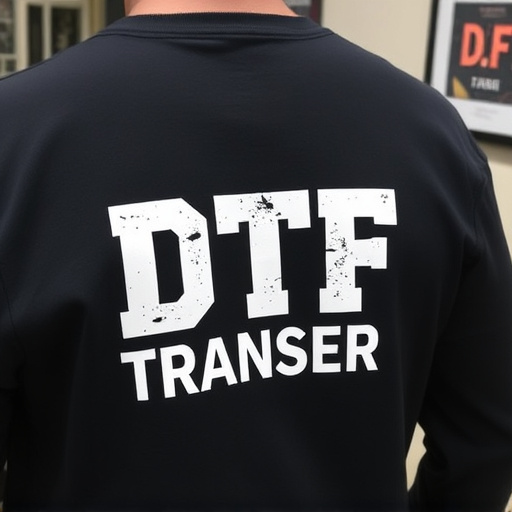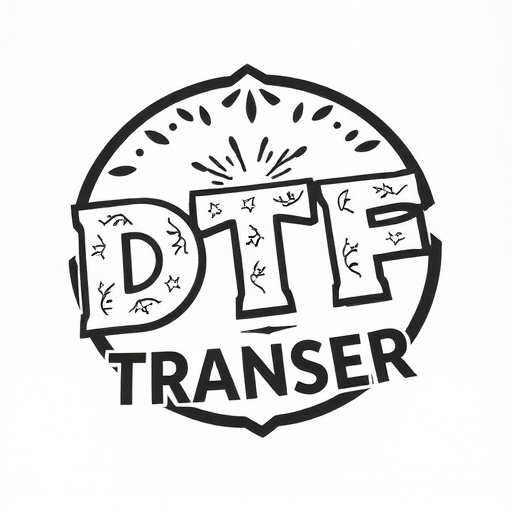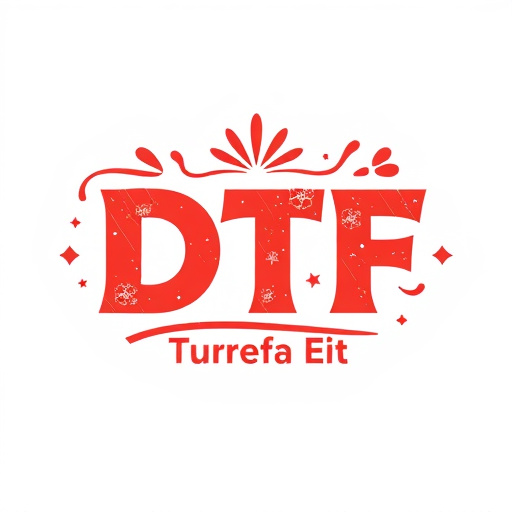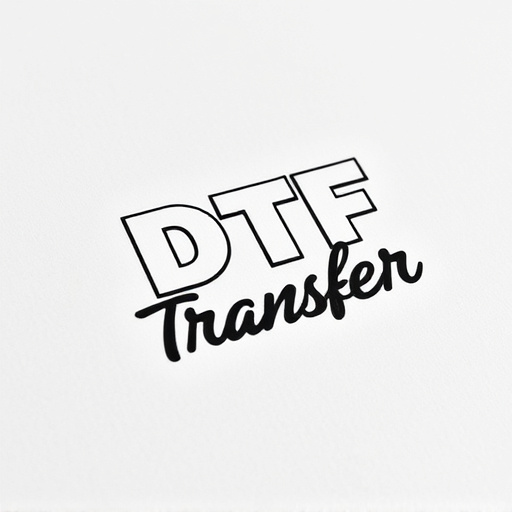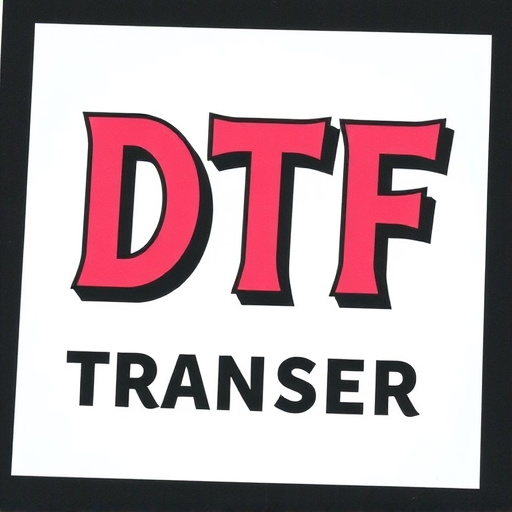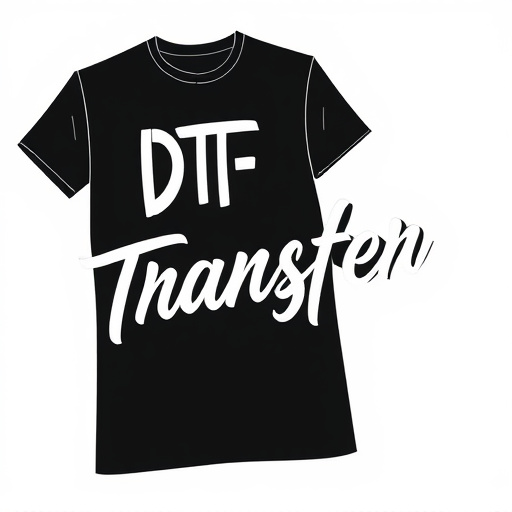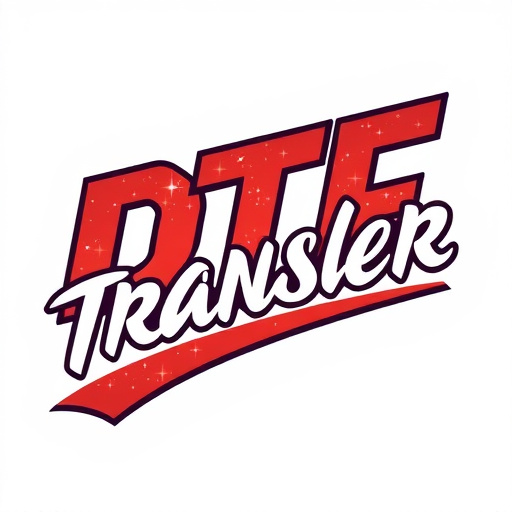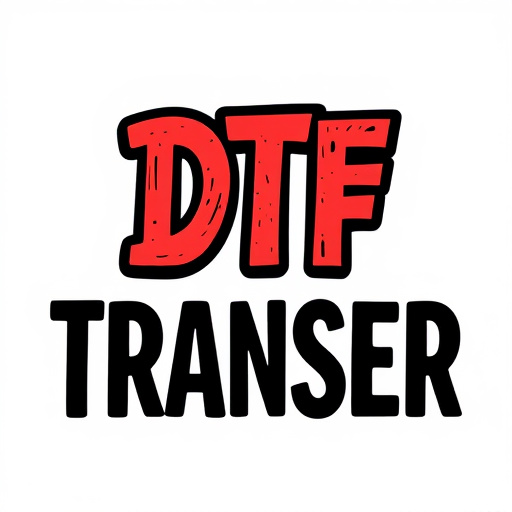Direct-to-film (DTF) transfers are a cutting-edge printing technology that enables high-quality, durable prints directly onto various film materials. Highly adopted in industries requiring fast production of custom films for business applications, DTF printing streamlines processes with intricate designs and exceptional detail. Ideal for high-volume scenarios like packaging or promotional materials, DTF prints boast vibrancy, durability, and resistance to environmental conditions. Key factors include print quality and speed, with advanced DTF technologies offering professional visuals suitable for signage, advertising, and packaging. Preparing designs requires high resolution, vector graphics, and CMYK conversion while simplifying details prevents ink bleeding. DTF transfers automate processes, boost productivity, and deliver diverse material compatibility, empowering businesses to swiftly customize products for competitive markets. Proven successful in various industries like apparel, signage, and advertising, DTF printing offers enhanced efficiency, cost reduction, and fast turnaround times.
“Direct-to-film (DTF) transfers are transforming high-volume business operations by streamlining production and enhancing print quality. This innovative technology allows for precise, direct application of designs onto various materials, eliminating intermediate steps. In this comprehensive guide, we explore the benefits of DTF for businesses, from improved efficiency to exceptional print results. Learn about the latest transfer technologies, design preparation tips, seamless integration into existing workflows, and real-world case studies showcasing successful DTF implementations.”
- Understanding Direct-to-Film (DTF) Transfers: An Overview
- Benefits of DTF for High-Volume Business Applications
- Choosing the Right DTF Transfer Technology
- Preparing Your Designs for Optimal DTF Printing
- Integrating DTF into Your Business Workflow
- Case Studies: Successful DTF Implementers
Understanding Direct-to-Film (DTF) Transfers: An Overview
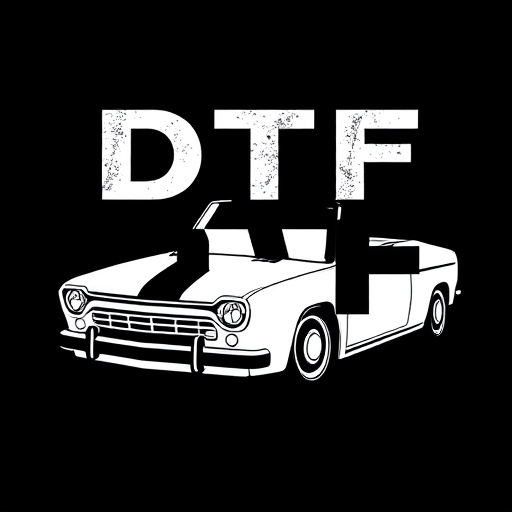
Direct-to-film (DTF) transfers are an innovative printing technology designed to produce high-quality, durable prints directly onto various film materials. This method has gained significant traction in industries demanding fast and efficient production of custom films for business applications. DTF offers a unique advantage over traditional printing techniques by eliminating the need for intermediate steps, thereby streamlining the entire process.
DTF printing involves advanced machinery that precisely applies ink to the film surface, creating intricate designs with exceptional detail. This technology is particularly valuable in high-volume scenarios, such as manufacturing custom packaging, promotional materials, or even specialized industrial films. DTF prints are known for their vibrancy, durability, and ability to withstand various environmental conditions, making them a preferred choice for businesses seeking long-lasting and visually appealing film products.
Benefits of DTF for High-Volume Business Applications
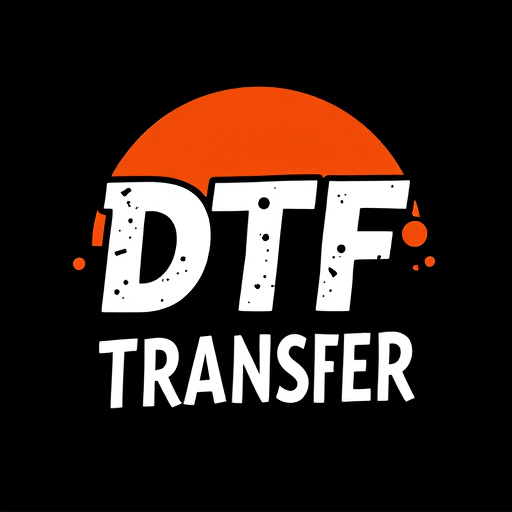
Direct-to-film (DTF) transfers offer a myriad of benefits for high-volume business applications. One of its key advantages is efficiency; DTF Printing allows for quick and precise printing, enabling businesses to produce large batches of products with minimal downtime. This method significantly reduces production time compared to traditional techniques, making it ideal for meeting tight deadlines.
Additionally, DTF Transfer provides exceptional versatility in terms of material handling. It can be applied to a wide range of surfaces, from plastic and metal to fabric and wood, catering to diverse business needs. The technology ensures high-quality, durable prints that are scratch-resistant and suitable for outdoor use, adding longevity to the final products. This versatility and durability make DTF an attractive option for businesses seeking cost-effective solutions without compromising on quality.
Choosing the Right DTF Transfer Technology
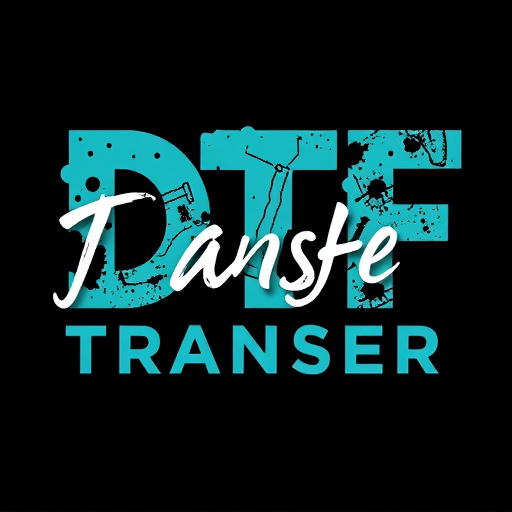
When selecting a Direct-to-Film (DTF) transfer technology for high-volume business applications, several key factors come into play. The first consideration is print quality; advanced DTF technologies offer exceptional resolution and color accuracy, ensuring crisp, vibrant prints on various materials. This is particularly crucial for businesses requiring professional-grade visuals, such as signage, advertising, or packaging industries.
Additionally, the chosen technology should accommodate high-speed production to meet demand efficiently. Faster transfer rates not only reduce turnaround time but also increase overall productivity. DTF Printing methods that employ modern, reliable hardware and efficient ink formulations can produce large volumes of DTF prints without compromising quality or speed. These considerations are essential for businesses aiming to stay competitive in their respective markets while maintaining high-quality standards.
Preparing Your Designs for Optimal DTF Printing
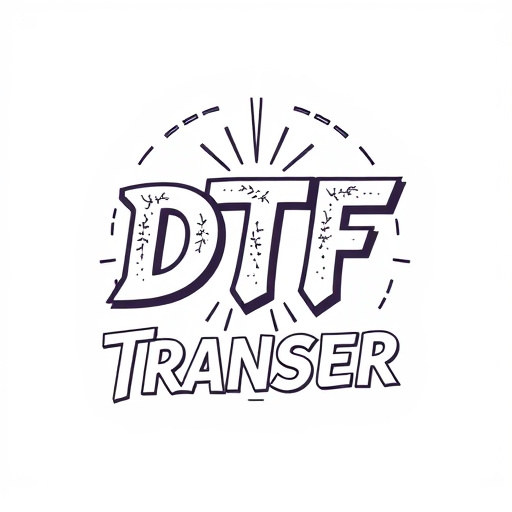
Preparing your designs for direct-to-film (DTF) printing is a crucial step to ensure optimal results and efficient production. When creating artwork intended for DTF, it’s essential to keep in mind the specific requirements of this process. Start by ensuring your designs have high resolution, typically 300 DPI or higher, as this guarantees crisp and precise prints on various materials. Vector graphics are generally preferred over raster images, as they offer better scalability without losing quality.
Additionally, consider the color mode; CMYK is the standard for DTF printing, so converting your designs to this mode is necessary. Remove any unnecessary elements or fine details that might not translate well to the printing process. Simplifying your design can enhance the overall print quality and reduce potential issues like ink bleeding or smudging. Remember, the goal is to create a clean, crisp DTF transfer that produces vibrant and long-lasting prints.
Integrating DTF into Your Business Workflow
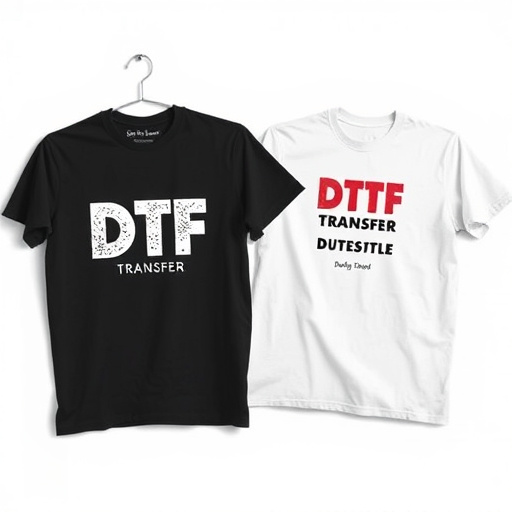
Direct-to-film (DTF) transfers offer a streamlined solution for businesses seeking efficient and high-quality printing. By integrating DTF into your workflow, you can significantly enhance productivity while maintaining excellent print outcomes. This method eliminates the need for complex set-ups, as the transfer process is direct and automated, making it ideal for high-volume printing tasks. With DTF, businesses can easily produce custom prints on a variety of materials, from t-shirts to mugs, without requiring specialized equipment or in-depth technical knowledge.
When implementing DTF into your business practices, consider its versatility. It enables you to customize products swiftly, cater to diverse customer demands, and even offer unique, limited-edition items. Whether it’s for promotional campaigns, branded merchandise, or personalized gifts, DTF printing ensures a consistent and professional finish. Its compatibility with various materials expands the possibilities for creative designs and product innovation, making it a valuable asset in today’s competitive market.
Case Studies: Successful DTF Implementers
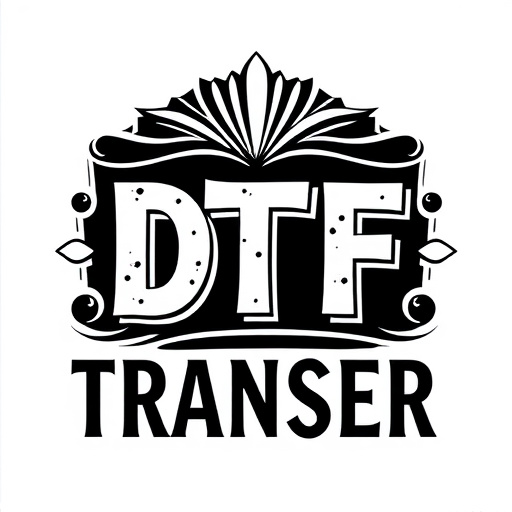
Many businesses have successfully adopted direct-to-film (DTF) transfers for high-volume applications, showcasing the technology’s potential in various industries. Case studies of DTF implementers highlight its effectiveness in enhancing production efficiency and reducing costs. For instance, companies in the apparel sector have utilized DTF printing to produce custom designs on t-shirts and other garments at scale, with minimal set-up time and waste reduction. This method has allowed them to cater to diverse customer preferences and rapidly changing trends.
Additionally, industries such as signage and advertising have embraced DTF transfers for large-format printing. These businesses can now offer rapid turnaround times for custom signs, banners, and posters, catering to both local businesses and events. DTF’s ability to produce high-quality prints directly on various materials has made it a versatile solution, appealing to enterprises seeking efficient, cost-effective, and fast-turnaround production methods.
